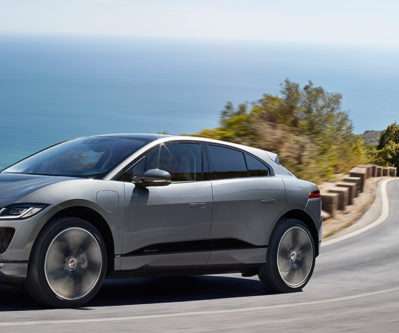EPA Climate Change Adaptation Plan sees likely increase in tropospheric ozone, with more difficulty in attaining NAAQS in many areas
Green Car Congress
FEBRUARY 10, 2013
Among the many climate-related vulnerabilities that can impact its mission, the US Environmental Protection Agency (EPA) cites a likely increase in tropospheric ozone pollution as potentially making it more difficult to attain National Ambient Air Quality Standards ( NAAQS ) in many areas with existing ozone problems.




























Let's personalize your content